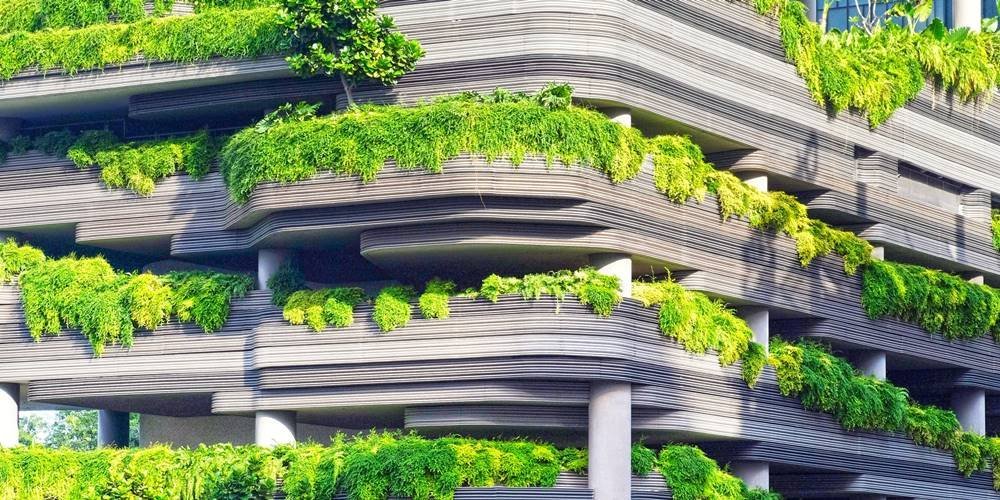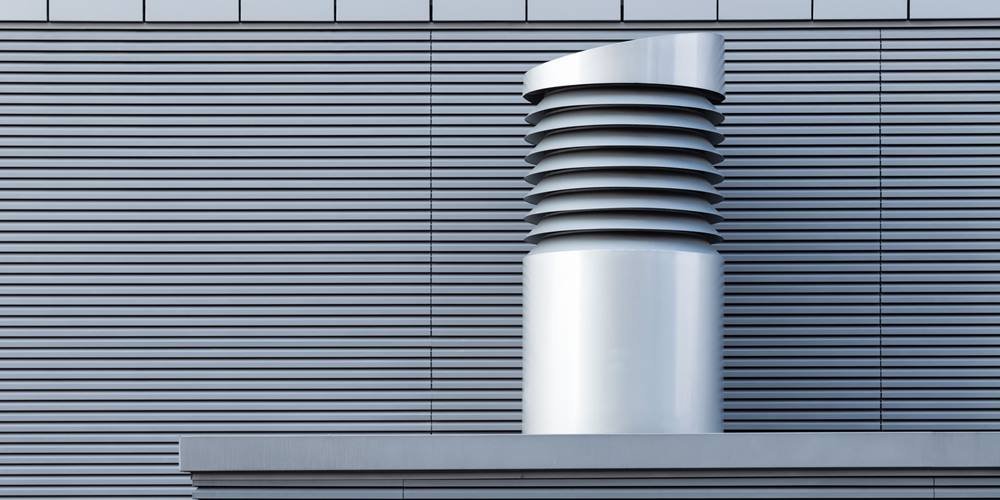Why Are Landlords Rushing to Improve Air Quality in Buildings?

Indoor air quality is one of the most essential amenities of a healthy home and office. Our spaces are exposed to indoor pollutants that affect our health, starting from paints (lead-based), and mold, all the way to secondhand smoke.
Our children, elderly, and people with asthma or other medical conditions are more vulnerable to the effects of harmful indoor air pollutants.
IPG has prepared a guide to describe why landlords are rushing to improve air quality in buildings, and a point of tenant learning about the importance of indoor air quality. Here we describe common IAQ problems, explained through the types of laws applied to them in properties.
Building codes are backed by law
Many things can affect the quality of the air we breathe indoors, especially if the ventilation doesn’t provide good protection and the pollutants get layered. The air in apartment buildings has an array of factors that protects the tenants because, not only can we import pollutants by entering from the outside world, but we are constantly polluting our homes and offices with wrongful heat or cooling, by not cleansing the air conditioning, dispersing cold and hot water supply, etc.
To encourage maintaining and improvement of the quality of their housing, landlords, and tenants ultimately struck a deal with certain building codes backed by law, ordinance, and governmental regulation.
Only by understanding the basic obligations to our home and office, we avoid unnecessary issues with tenants, the governing bodies and ultimately we keep us and our families healthy. Bear in mind that different states and cities (may) have different regulations, so we suggest hiring a real estate broker (or even a team) to cover your rights considering the quality and livability of the real estate you are intending to buy.
Keeping up with safety codes to improve air quality in buildings
Every rental real estate can have a different set of safety codes are requirements. Also, different states, cities and regions may regulate differently housing codes (known as property maintenance codes also), establishing the minimum standards that have to be preserved within a housing. Property maintenance codes often include general housing standards, as well as a list of specific conditions.
Lead Paint as an air-polluting material
Real estate buildings built before 1978 are required to provide a lead paint disclosure form. Tenants in such buildings also receive a lead paint pamphlet which explains the risks of lead paint.
Lead is a naturally-occurring metal with a long history of use, sourced from gasoline and regular paint. Lead poisoning is a significant cause of children’s health problems. Millions of homes still have lead-based paint and lead hazards such as deteriorated paint and lead dust lead particles can be swallowed or inhaled, accumulating in the blood and affecting many different organs.

Mold and dampness remediation – controlling moisture means controlling mold indoors
Mold in apartments or offices is considered a direct violation of the basic human need (and right) to inhibit a non-harmful space. The landlord is required by law to provide mold-free space and fix the condition(ing) causing water and dampness to build up.
Exposure to indoor mold and dampness can induce a variety of health outcomes, especially indicating an increased risk of respiratory disease for occupants. Well-known health risks also include the development of asthma, allergies, respiratory infections, increased wheeze and breathing difficulties, cough, etc.
Molds can grow almost anywhere where it is moist and can be caused by problems such as flooding due to bad plumbing, heavy rains, roof leaks, or condensation. Mold is usually easily disposed of by cleaning and correcting the water problem but it is important to act quickly.
Smoke and Carbon Monoxide Detectors
Second-hand smoke is exhaled by smokers and given off by burning tobacco products. It has been proven to contain more than 7,000 chemicals, that are the cause of heart disease, stroke, and lung cancer. Children exposed to frequent smoke can suffer from severe asthma attacks, respiratory infections, ear infections, and even sudden infant death syndrome. The contamination from smoking stays on furniture, carpets, hair, and clothing even after cigarettes and other tobacco products have been put out.
Laws are dictating how many smoke and carbon monoxide detectors are required for each room and floor of your real estate, and the specification of its location.
Actions such as building ventilation, separating smokers from nonsmokers, and using air cleaners are usually enough to eliminate exposure to secondhand smoke.
Window Guards and ventilation
Window guards need to be installed by the landlord if a tenant insists on it, especially if he has a younger child. With growing concern for protection from virus-carrying aerosol droplets in the air, improved ventilation systems are the top of the list plan.
Building ventilation not only removes pollutants created by indoor activities but also helps control temperature and humidity.
Another way to reduce exposure to outdoor pollutants is to use filters on mechanical ventilation equipment and replace them regularly. Sometimes, a portable air cleaner can help filter the air in your home (but health officials are against using them since they can produce ozone gas).
Keep it fresh, healthy and sustainable
Moving the air from one space to another can increase the risk of transferring airborne infections. It’s ideal to bring in fresh outdoor air by increasing the amount drawn ventilation systems and draft, preventing mixing of the existing air with recirculated one. The separation of those air-flown germs, including those from COVID-19, ensures that those they don’t get pumped back in.
Some buildings are even employing sustainable materials and ultraviolet (UV-C) technology, replacing old fixtures in the hope to kill viruses circulating in the air. Adopting these technology measures of preserving the air quality is on the rise, including airborne particle monitoring. Those measurements mixed with technology are developing new building standards and increasing the accessibility and impact of healthy buildings.




